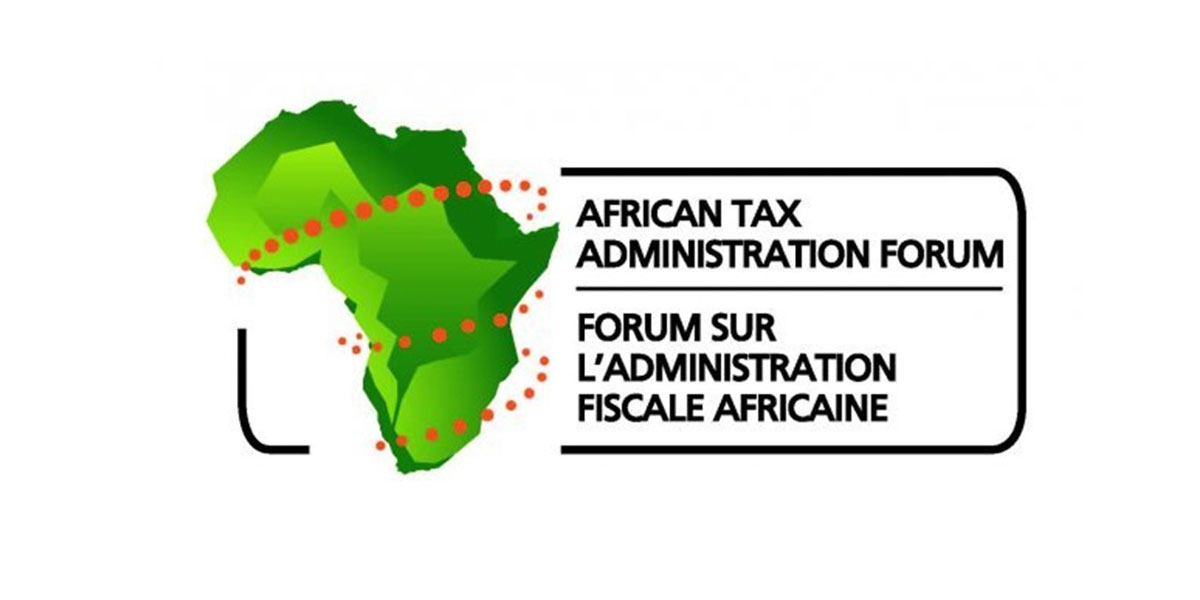The African Tax Administration Forum (ATAF) has issued a revised set of Pillar One Proposals in response to the OECD’s blueprint reports released late last year and the recent proposals put forth by the United States. The proposals suggest simplifying the rules to increase the fairness of the proposals.
Level playing field
Where a business has a taxable presence in the market jurisdiction, for example where it is performing distribution activities, that market jurisdiction will already have taxing rights under the arm’s length principle, and these will likely result in part of the routine profit of the MNE being taxed in that jurisdiction. In some cases, some of the MNE’s residual profit would also be taxable in that market jurisdiction. The Pillar one proposals may give the market jurisdiction further taxing rights under Amount A.
If on the other hand an enterprise currently has no taxable presence in a market jurisdiction, as may be the case with many businesses providing automated digital services (ADS), the Amount A proposals may allocate part of the residual profit to the market jurisdiction but none of the routine profit will be allocated to that jurisdiction. ATAF therefore considers that there is not a level playing field between ADS businesses and consumer facing businesses such as distributors.
Lower market revenue threshold
ATAF considers that the current proposed market revenue threshold test for determining whether a business has a taxable presence in a jurisdiction for the purposes of Amount A does not benefit the smaller economies. The threshold rule should be able to include all MNEs that are able to participate significantly in the economy of market jurisdictions without necessarily having a commensurate level of taxable presence in those jurisdictions. Significant participation in the economy of a country is relative, as what constitutes significant participation for a small economy is different to that for a larger economy. ATAF therefore suggests a tiered threshold approach which would be more equitable.
ATAF proposes the adoption of a single global threshold rule to cover all MNEs that generate global sales revenue above a certain amount. The new rule would apply to all such MNEs irrespective of their business activities. However, it would retain the current exclusions in the Pillar One blueprint and the Pillar One domestic revenue exclusion.
Reallocated profits based on global profit
ATAF does not consider the estimated level of profits re-allocated under the Pillar One Blueprint is adequate and therefore wants it to be increased. The reallocated profits, referred to by ATAF as “Amount D”, would be a portion of the MNEs total profits instead of just its residual profit. Amount D would be calculated as a return on market sales based on the global operating margin of the MNE using a tiered approach. The level of Amount D would be higher in proportion to the level of the global operating margin of the MNE. Amount D would be allocated to a market jurisdiction to the extent it exceeds the reported profits in that jurisdiction in each period.
This would reduce complexity in determining the allocable profits; and achieve a more level playing field between businesses with a current taxable presence in market jurisdictions and those with no presence. As the rules would be relatively simple to apply, the threshold could be lowered to EUR 250 million without giving rise to compliance problems for MNEs.













